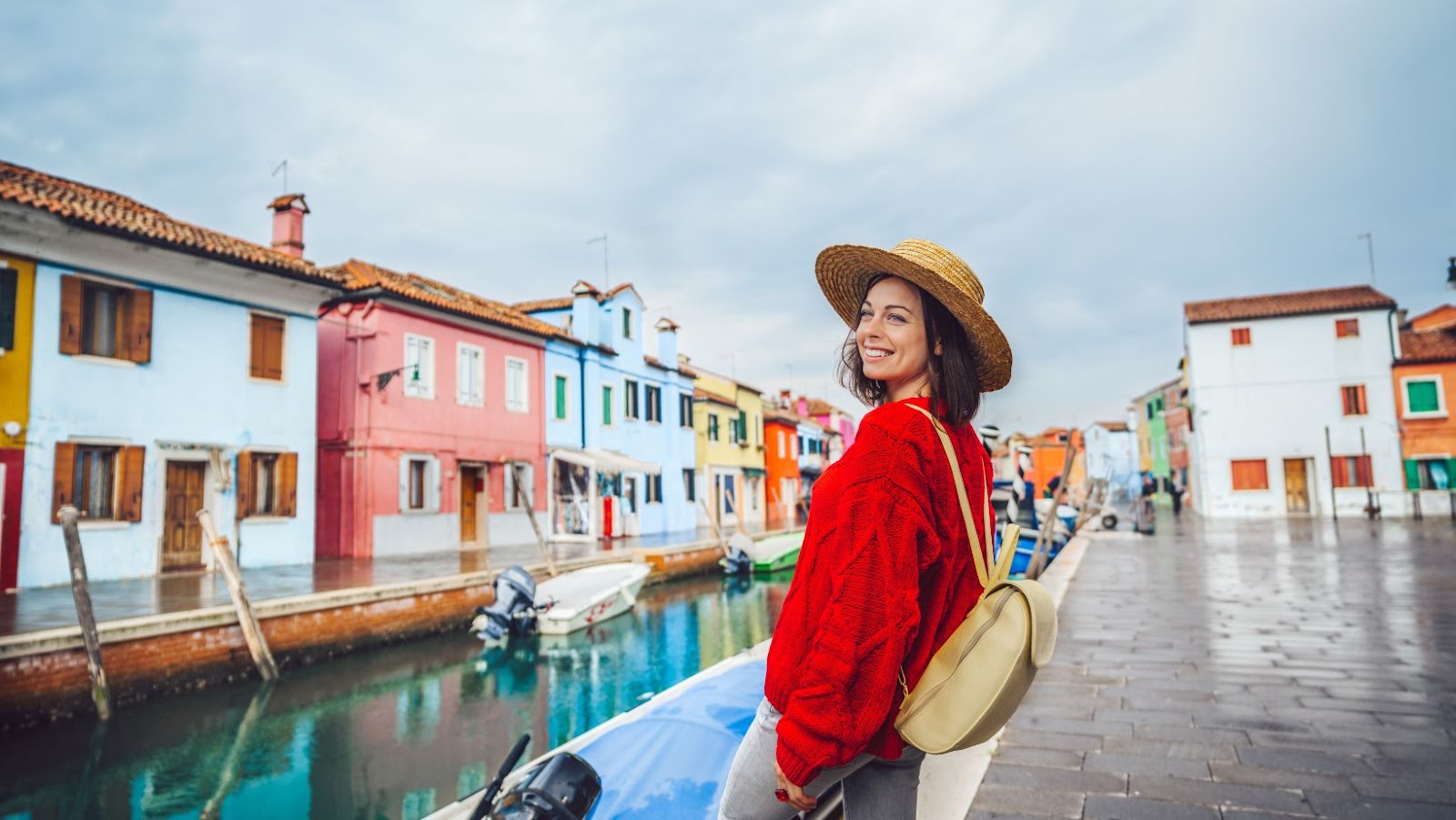 Travel Essentials for Italy
Travel Essentials for Italy
Italy attracts visitors with its captivating charm, rich history, and tantalizing cuisines. Major metropolitan areas, such as Rome, Milan, and Venice, vie for attention with enchanting rural destinations like Tuscany and the Amalfi Coast. The country’s diverse landscape allows for a wide range of activities, from exploring ancient architectures in Rome’s city center, to indulging in lip-smacking delicacies in Florence’s traditional trattorias.
Being one of Europe’s top travel destinations, Italy offers tourists a unique blend of experiences; profound historical sites sit comfortably next to modern conveniences. Notable attractions include the Colosseum, the hub of ancient gladiatorial contests, and the Leaning Tower of Pisa, an architecturally intriguing edifice. No Italian journey is complete without a gondola ride in Venice’s iconic canals or a stroll along the scenic trails of Cinque Terre.
Modern Italy continues to embrace its deep-rooted traditions, creating an enthralling tapestry of old and new. Its prominence in fashion, arts, and cuisine finds plenty of representation in its urban centers. Milan, the country’s fashion capital, bustling with trendy boutiques, and Bologna, famed for its gastronomic contributions, are examples of Italy’s contemporary persona. An array of world-class museums like Uffizi Gallery in Florence and Vatican Museums in Rome provide insights into the country’s illustrious past.
For the aspiring foodie, an Italian adventure is not merely a vacation, it’s a culinary journey. Whether it’s savoring Naples’ famous pizza or tasting Tuscany’s celebrated wine, food forms an integral part of the Italian experience. The country’s dining scene is diverse, catering to various tastes and palates.
Italy’s charm extends beyond its sights and flavors. Italian culture reverberates in the warmth of its people and their zest for life, or as locals term it, “La Dolce Vita.” The vibrancy of festivals, passion for music, and the lively street life further enhance the allure of this evocative country.
 Understanding Italy’s Culture and Climate
Understanding Italy’s Culture and Climate
Italy’s culture blooms from a web of traditions, cuisine, and vibrant history while its climate provides a backdrop that varies from coast to coast. Each layer of this bustling nation aids in drafting a well-rounded packing list optimized for an authentic Italian experience.
Deftly navigating Italy’s tapestry, one notes stark regional differences. Italy’s 20 regions, split between the sun-drenched south and the snow-capped Alpine north, cultivate their distinct customs, cuisines, and climate.
In the north, regions like Lombardy and Piedmont exhibit a cooler climate, particularly during the winter months, demanding heavier attire like coats and scarfs. Their cuisine tends to be heartier, featuring polenta, risotto, and various meat dishes.
Southern regions, such as Sicily and Calabria, bask in a Mediterranean climate, emphasizing lighter clothing like linen shirts and dresses for warmer months. They’re famed for their vibrant antipasti, seafood, and refreshing beverages such as Limoncello.
Aesthetics play a substantial role in Italian culture, earning Italy its reputation as a global fashion trailblazer. Italians maintain a meticulous regard for attire, often judged by the unwritten “Italian style” dress code.
Whether in the bustling city streets of Milan or the quaint towns of Tuscany, a smart-casual dress code is widely embraced in Italy. Mindful selections like a stylish pair of sunglasses, comfortable yet elegant footwear, and neutral-hued clothing help respect this code.
In religious settings such as churches or cathedrals, a more conservative wardrobe is recommended, implicating long skirts or trousers, and shawls to cover the shoulders.
 Top Travel Essentials for Italy
Top Travel Essentials for Italy
Travelers won’t get very far without proper documents, naturally. Essential ones include passports, IDs, and perhaps visas, depending on citizenship. Non-European Union citizens, for instance, generally require a visa for stays longer than 90 days. Remembering to check passport expiration dates also proves crucial, as most countries want at least six months of validity remaining.
While credit and debit cards offer convenience, carry some cash for emergencies and smaller establishments, particularly in rural areas, preferring physical currency. ATM machines (‘Bancomat’ in Italy) are abundant, yet international withdrawal fees may apply. Therefore, consulting with a home bank before travel might eliminate surprises.
Visiting a foreign country means exposure to unfamiliar environments and food. Hence, carrying a basic toolkit of medicinal essentials proves invaluable. This kit might include band-aids, antiseptic wipes, anti-diarrhea pills, and prescription medicines, if applicable. Travel insurance, ensuring coverage for unexpected medical needs, offers an additional safeguard.
In today’s digital world, traveling without tech gadgets is almost unheard of. Essential devices might encompass a smartphone, camera, and a universal power adaptor, imperative given Italy’s Type F or Type L sockets. Having an Italian SIM card or international roaming plan also facilitates communication.